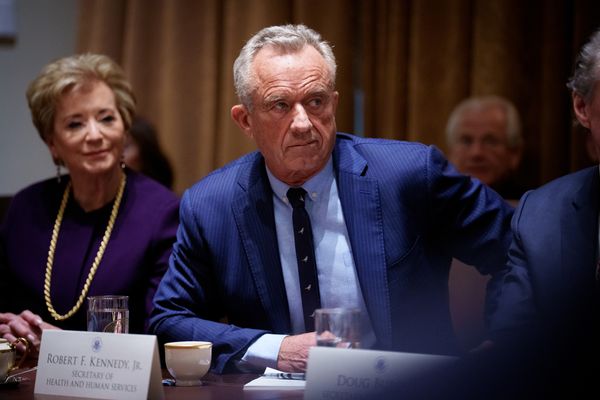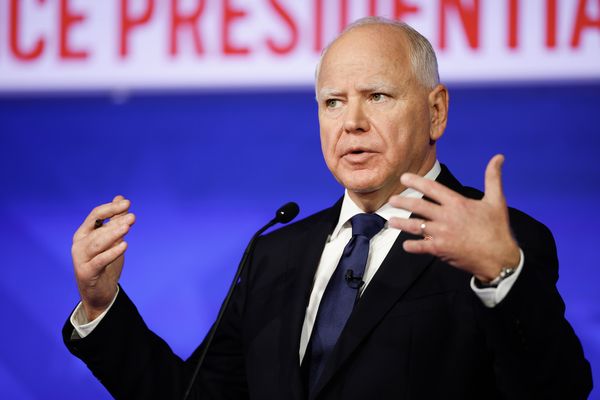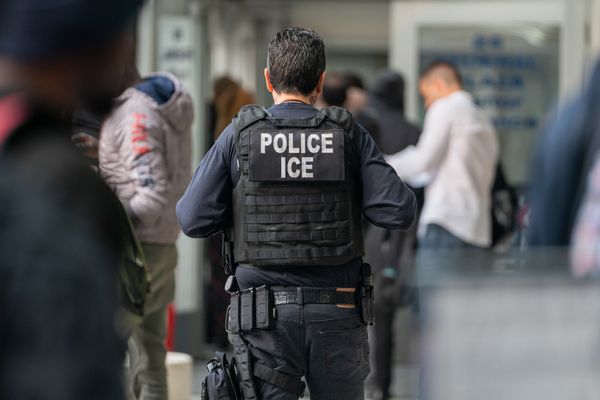
The surprise arrest of Meng Wanzhou, chief financial officer of Huawei Technologies Co., has thrust the company into a political firestorm and deepened a core threat: that more and more countries will blacklist its switches, routers and phones out of growing concern that they could be hijacked by foreign spies.
Yet inside Huawei’s Shenzhen headquarters, a secretive group of engineers toil away heedless to such risks. They are working on what’s next -- a raft of artificial intelligence, cloud-computing and chip technology crucial to China’s national priorities and Huawei’s future. As the trade war drags on, China’s government has pushed to create an industry that is less dependent on cutting-edge U.S. semiconductors and software.
Meng’s detention, far from slowing these ambitions, will instead speed the fall of this “silicon curtain,” when the U.S. and China will no longer provide chips to one another, Gus Richard, a Northland Capital Markets analyst, wrote in a recent report. "Huawei is the icon of the rise of China industrial power,” he wrote.
Though Meng was granted bail by a Canadian court, she must remain in the Vancouver area as she awaits possible extradition to the U.S. on fraud charges.
The company is investing massive resources in next-generation technology, seeking to replicate the success it has had in other areas. Over the past decade, the closely held firm has quietly emerged as a titan in networking and telecom gear, now second only to San Jose, California-based Cisco Systems Inc.
Then Huawei entered the smartphone market, and in a surprise to most observers toppled Apple Inc. in market share earlier this year. In the September quarter, the Chinese company had 15 percent of the world’s shipments, trailing only Samsung Electronics Co., according to data from IDC. Just two years earlier, it had about 9 percent of the market.
Huawei’s technical expertise, combined with its ties to China’s blue-chip firms and government, could let it engineer another surprise in what many see as the critical backbone of future technology.
Those ambitions are consistent with the government’s goals. President Xi Jinping wants China to be a self-sustaining leader in semiconductors -- Huawei is showing it can. Xi wants China to have a global footprint -- Huawei has one. Xi wants China to move from basic manufacturing to more lucrative industries, with the country capturing the benefits -- and Huawei does that, too.
A sprawling room at its Shenzhen campus is filled with digital mock-ups of how banks, retail stores and city streets would look like with Huawei’s technological capabilities. That tech is created a short drive away, inside a research lab nicknamed the "White House." Visitors there are rare. Yet the mock-up room, called the "vertical industries exhibition hall," welcomes guests and imagines a future where companies and governments use Huawei’s cloud and AI to crunch data, spur sales and make cities see and hear everything.
Huawei’s Enterprise Business Group, which trails networking and smartphones in sales, sells components and services for internet-connected devices, smart cities and cloud products. It will net more than $10 billion in revenue this year, about a 10th of the company’s overall total, Qiu Heng, the division’s chief marketing officer, said in an interview in November.
The company expects enterprise sales to double every two years. That means the business would lap $100 billion in 2025, the year China’s government has set to reach independence in technological production. And those projections are without an American business -- Qiu said estimates for his division exclude the U.S., where Huawei is a political pariah.
In one area, Huawei has a head start. In the past two years, the largest internet companies formed semiconductor units to improve their cloud offerings and AI applications, such as image recognition and voice assistance. Huawei’s chip design unit, HiSilicon, has been around since 2004. It started working on customized chips to handle complex algorithms on hardware before the cloud companies did. Research firm Alliance Bernstein estimates that HiSilicon is on pace for $7.6 billion in sales this year, more than doubling its size since 2015.
“Huawei was way ahead of the curve,” said Richard, the analyst.
Yet in terms of sales and operations, Huawei’s cloud business is meager next to its larger rivals. The company spent about $13 billion on research and development in 2017, up more than 17 percent from the previous year. Its rivals in the cloud market have cut similarly sized checks. “Huawei has concluded that if it does not offer future solutions via the cloud, where its customers are migrating, someone else will,” said Siow Meng Soh, a research manager for GlobalData Plc.
While Huawei is pressing ahead with its research, there are some signs Meng’s detention is starting to affect the company’s operations. A Japanese supplier of industrial robots said Huawei has frozen orders for its machines after the arrest.
In software, Huawei is playing also a bit behind rivals. In AI fields, such as deep learning and computer-vision systems, the company is “feverishly seeking to catch up” to U.S. titans, said Oren Etzioni, head of the Allen Institute for Artificial Intelligence. "Huawei has data and government support, but are at a substantial disadvantage when it comes to AI,” he added.
Still, if any company could erase that hindrance quickly, it would be Huawei.
Recent research from computer scientists in Zurich looked at the processing chops of Android phones and put the chips from HiSilicon at the top. Like its rivals, Huawei is throwing everything into its cloud package. It recently debuted a set of AI software tools and in October released a new specialized chip, called the Ascend.
“No other chip set has this kind of capability of processing,” Qiu said.
Few chip-makers have such easy access to customers ready to invest deeply in AI. In Huawei’s case, that customer is the Chinese government. The company sees a massive opening in the national ambition to plug every city street, camera and piece of infrastructure into a digital grid. Huawei’s aim, said analyst Soh, is to become the “nerve center” for smart cities. Police in Shenzhen, which is just across the border from Hong Kong, are using Huawei’s chips for several traffic cameras. Qiu said a single chip set can process video footage for as many as 16 cameras, a fourfold jump in computing power.
The cloud business allows Huawei to rely on its home market. While its overall sales are split about evenly in and outside of China, close to 60 percent of the enterprise business comes from China, Qiu said. In the U.S., Huawei’s size makes it a ready target for national security hawks; it loomed behind President Donald Trump’s decision to block a $117 billion merger.
Qiu said the company’s products are compliant with Europe’s General Data Protection Regulation, meaning that its clients, not Huawei, own and store data used in the applications. Huawei must tread carefully in Europe, where it has cloud partnerships with several carrier clients including Germany’s Deutsche Telekom AG. In the months before the CFO’s arrest, U.S. officials have reportedly asked counterparts in Germany and several European nations to drop Huawei equipment for 5G networks over security concerns. A Deutsche Telekom representative declined to comment.
In a statement, a Huawei spokesman said the company operates in more than 170 countries and criticized the reported moves by U.S. officials. “If a government’s behavior extends beyond its jurisdiction, such activity should not be encouraged,” the spokesman said.
GlobalData’s Soh suggested that Huawei should turn to more welcoming markets across Latin America and Africa for its enterprise business, particularly after Meng’s arrest in Canada. “As long as they stick to the game plan, they still have a lot of room to grow,” he said. “Unless the U.S. manages to get their allies to stop buying them.”
--With assistance from Stefan Nicola and Gao Yuan.
To contact the reporter on this story: Mark Bergen in San Francisco at mbergen10@bloomberg.net
To contact the editors responsible for this story: Alistair Barr at abarr18@bloomberg.net, Jodi Schneider, Robert Fenner
©2018 Bloomberg L.P.







